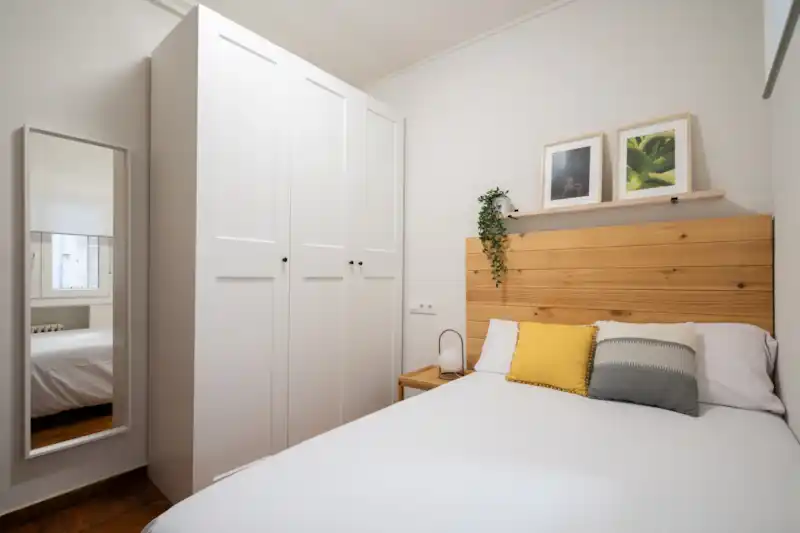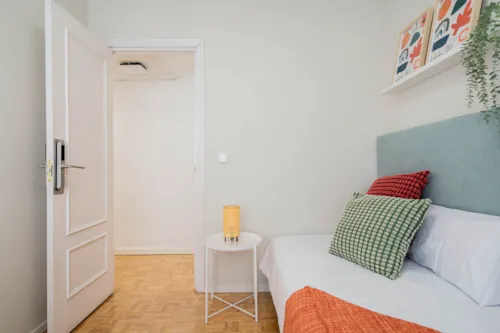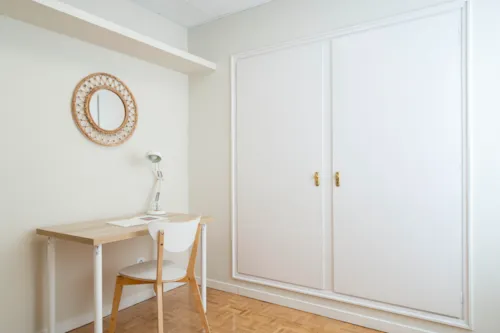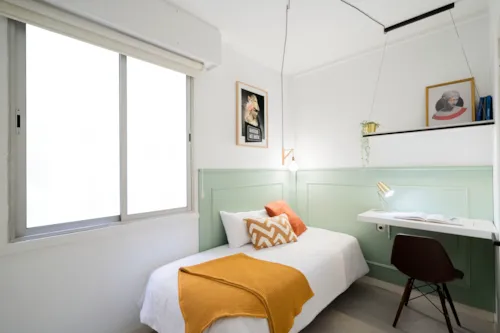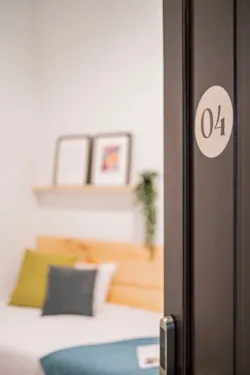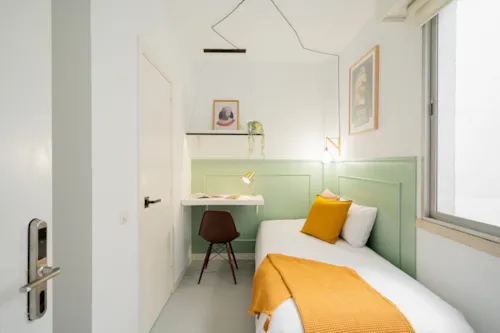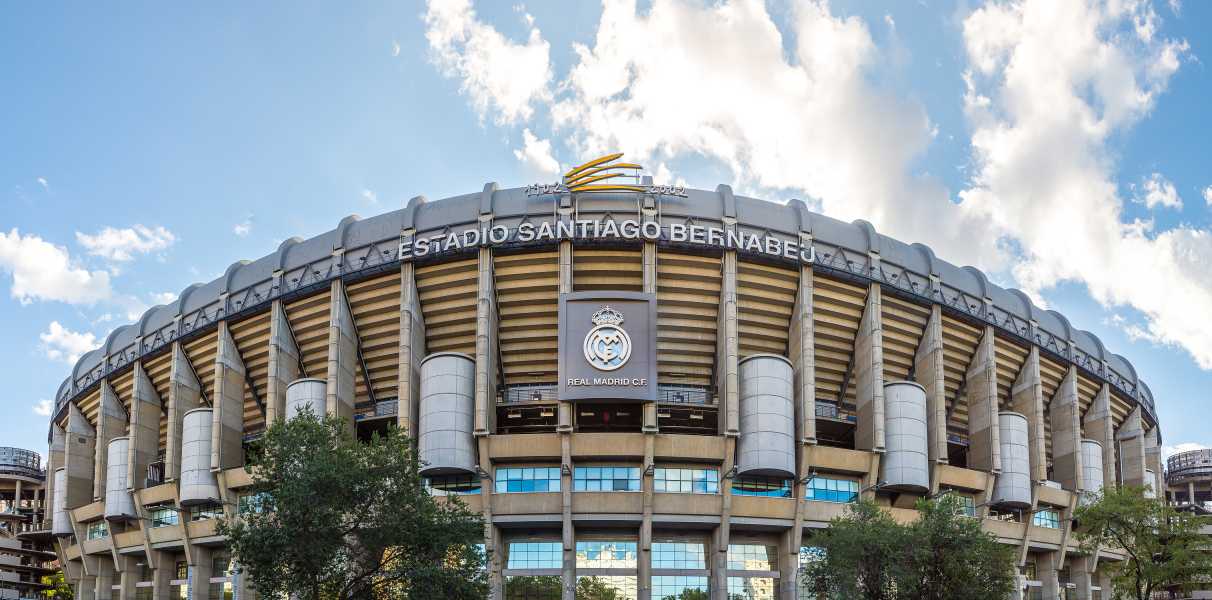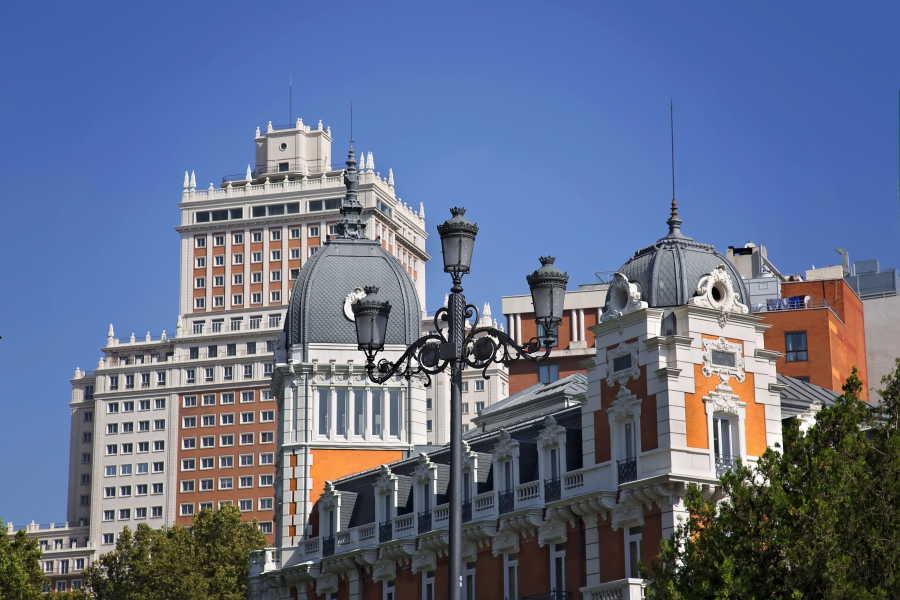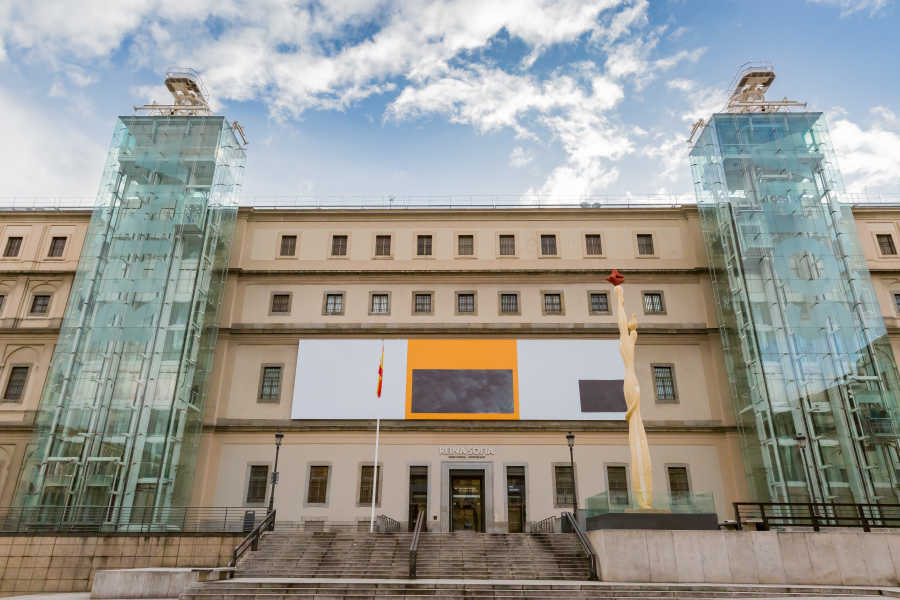
Calle de Santa Isabel
Calle de Santa Isabel is located in the Lavapiés district and divides it from the adjacent Las Letras district. It is one of the longest and most important streets and stretches from Antón Martín to the Reina Sofía Museum.
It owes its name to the Royal Monastery of Santa Isabel located on this very street, a very important historical and religious building founded in 1593 on the commission of Felipe II of Spain, also known as Felipe the Prudent.
Today this is a lively Spanish street, great to be in and a very comfortable area to live in. Indeed, not only is it nice to walk down Calle da Santa Isabel and also its side streets, but it is also very well connected to the rest of Madrid. A lot of public transport passes through here, both buses and metro, especially the M1 line at the Tirso de Molina, Antón Martín and Estación Del Arte stations.
Not far away is also the Madrid Puerta de Atocha Railway Station, where both short- and long-distance trains run.
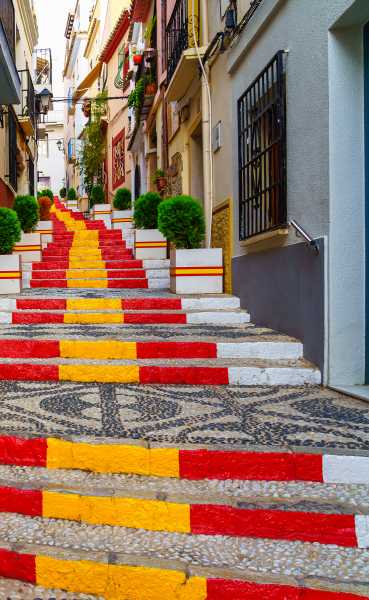
We have no availability in this neighborhood
What to see and do
Calle de Santa Isabel is also a beautiful street because of the presence of several prestigious buildings, both architecturally and in terms of what they represent.
The first among them is the Royal Monastery of Santa Isabel, which we have already mentioned but deserves a closer look. It is so called because Felipe II had it built in memory of his daughter Isabel Clara Eugenia, who is said to have been the monarch's favourite.
The monastery occupies a large block near Atocha, another district of Madrid that borders Lavapiés. The building comprises two institutions: one is a girls' school, called Casa del Recogimiento de Santa Isabel, and the other a convent of Augustinian Recollette nuns.
There are also other important structures along the street: the Real Colegio De Santa Isabel La Asunción, a private educational institution, the Official College of Doctors of Madrid and the side entrance to the Royal Conservatory of Music of Madrid. Then again, the Palacio De Fernán Núñez, one of the most significant buildings reminiscent of the romantic architectural style of the Elizabethan era, and the Cine Doré, the official seat of the Spanish Film Library and inaugurated in 1912.
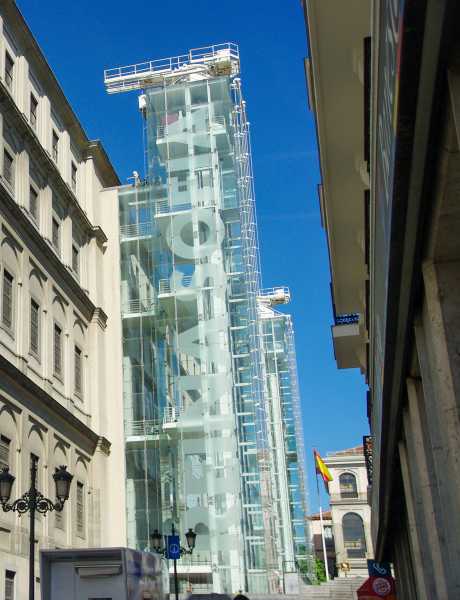

Towards the end of Calle de Santa Isabel, where it intersects with Atocha, is the Reina Sofía Museum, which holds a wealth of 20th-century art, including works by Picasso, Miró, Dali and Gris. A few steps away is also the Museum Library, which is beautiful to visit and great for browsing books.
In general, it's worth taking a stroll along this street to enjoy the atmosphere, see all of its buildings, discover the smaller streets branching off from it, or sit outside for a break, especially on a sunny day.
Continuing a little further, you come to another important building, the Real Fábrica de Tapices (i.e. the Royal Tapestry Factory), which houses a collection of carpets and tapestries, some designed by great artists, for example Goya. Here you will also find documentation related to its history and a historical garden that largely preserves the original elements and various plant and flower species.
From Calle de Santa Isabel you can also easily walk to the Lavapiés neighbourhood. On one side, the most ethnic barrio of the capital, with its shops and restaurants with products from all over the world. On the other side, Las Letras, the barrio of literary production and art, here you will find some of the most important museums in the city.
Where to eat and drink
What makes Calle de Santa Isabel a lively and bustling street are the numerous restaurants and bars that populate it.
After a nice walk, you can stop for a drink and a snack at traditional Spanish tapas bars such as Parrondo, Bar la Peña, Más Corazón, Latazo, El Rincón del Piscolabis, La burlona bar, Santa Isabel Bar, Mas Al Sur, Lacaña, Cañas y Tapas (which is located closer to the Estación Del Arte metro station).
In these mentioned places, you can find various Spanish specialties, including paella accompanied by wine or sangria. But if you want to dine in a traditional tavern, here are some options: Taberna De Eulogio, La Musa de Espronceda, Bar - Restaurante Alces, Maria Sarmiento bar restaurante, La Berenjena (on a side street) as well as Sanabria Restaurante.
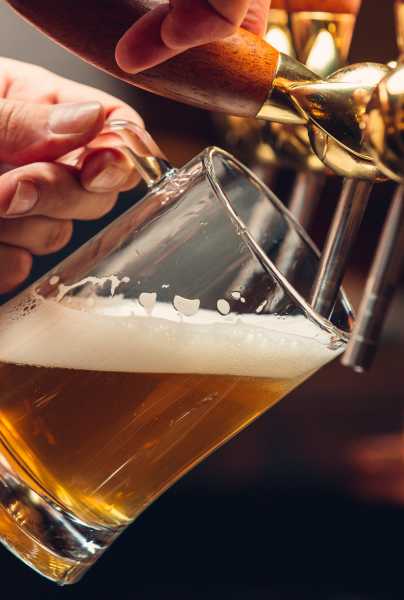
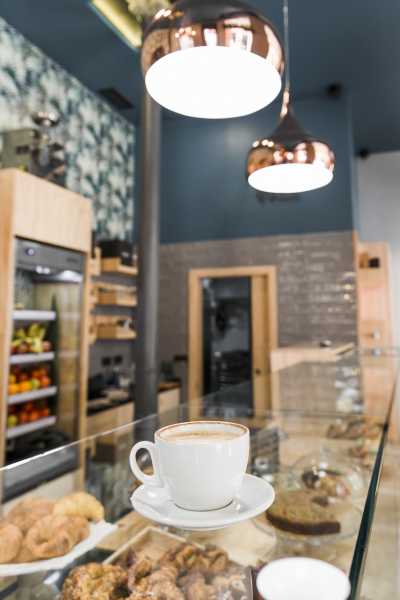
If you have other needs or want to try international cuisine, there's El Cunzato, an Italian restaurant, Falafelería, a vegetarian restaurant, Santa y pura Vegan Bar, a vegan restaurant, Oliveto, another Italian restaurant, and Bamboo, which serves Asian-style fast food.
But the options don't end there. This street has many cafés perfect for breakfast, a quick snack, or afternoon tea: Cafetería Dragón, DABOV Specialty Coffee Spain, Syra Coffee Santa Isabel. Or you can visit bars at night, such as Café El Despertar, which also offers live music, Mezzo Pieno Madrid, a bar specialized in cocktails, Jazz Bar, a pub located a few streets away, or Fogg Bar Birras & Cheese, which offers a wide selection of beers and cheese plates.

Where to go shopping
The main shopping destination is the Mercado de Antón Martín, a lively indoor market where vendors sell fresh agricultural products and gastronomy dishes. There are also international food stalls, making it a great place to stop for a bite to eat.
Traditional stalls here mix with new trendy proposals, all spread out over three floors. Additionally, on the third floor, you can find the dance school "Amor de Dios," where Spanish dance is taught. Public events are often held in these spaces as well.
Along Calle de Santa Isabel, there are various types of clothing stores, such as shoes and accessories stores, as well as perfumeries, jewellery stores, bookstores, grocery stores, specialty shops, and supermarkets. It is a highly stocked area with all the commercial establishments and services that citizens need. Just take a stroll down this street's full length, and you'll find opportunities for shopping of all kinds.

Some questions?
Have more questions?
